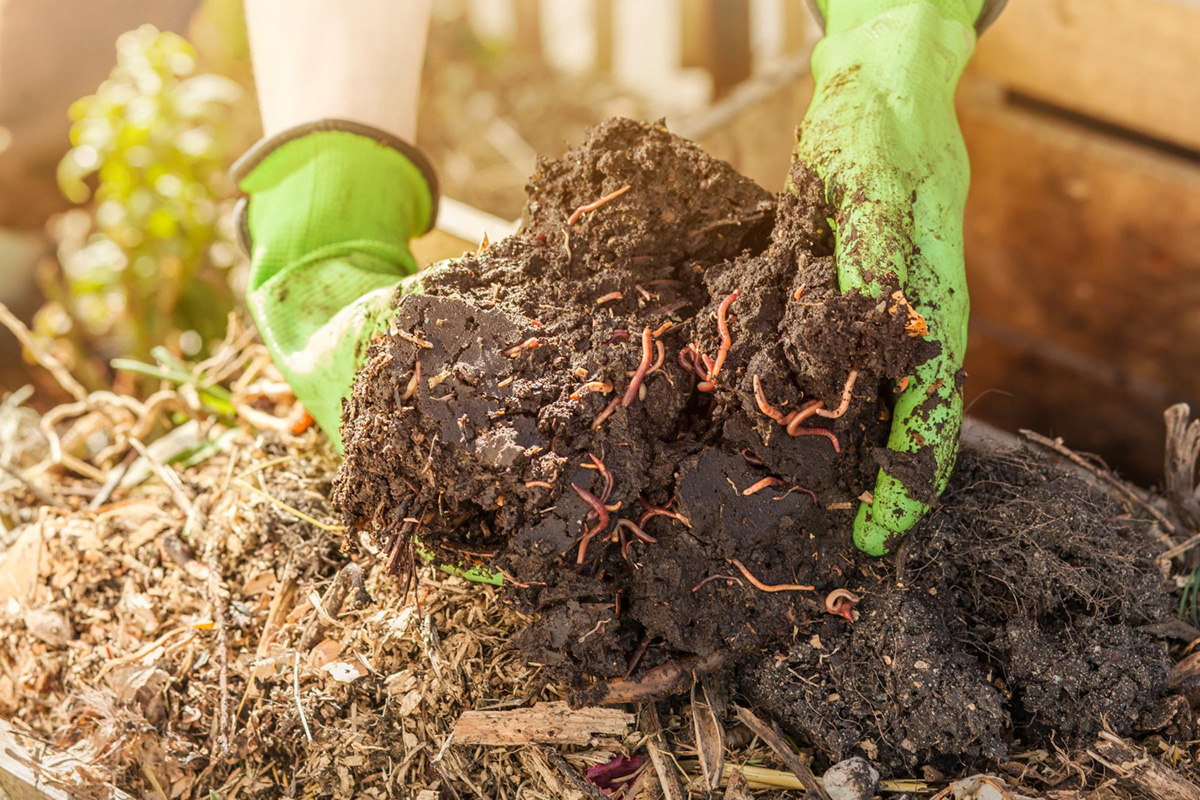Creating Organic Compost

Creating organic compost can be a delightful and fulfilling project for the entire family, offering a wonderful opportunity to spend quality time outdoors while soaking up some Vitamin D. Composting brings numerous benefits, providing a healthier and more economical alternative to many garden and potting soil products. The process itself is surprisingly simple, utilizing kitchen and table scraps to produce an extraordinary super soil for your garden. With various techniques available, finding the one that suits you best is a breeze. And as always, our greatest ally, Mother Nature, will gratefully acknowledge your contributions in more ways than one.
How To Create Organic Compost
When it comes to setting up an area for composting, there are several approaches to consider. The first step is to find a suitable spot where you can either use a composting container or designate an area on the ground for your scraps. Regardless of whether you choose to use a container or not, your scraps will eventually find their way onto the ground, so it's essential to have a convenient location for this process. There are a few different methods for the actual composting process.
Small Garden Organic Composting Methods
The simplest approach is to go directly from table scraps to soil, bypassing the need for any containers. This is the method I personally use for composting, as it is straightforward and hassle-free. Here's how it works: I collect all my scraps, such as fish bones, chicken bones, eggshells, coffee grounds, banana peels, and more, and place them in a designated container inside my house. At the end of each week, I head to my compost pile, dig a few feet down, and deposit the matter. Afterward, I stir the compost pile to distribute all the nutrients throughout the soil, which aids in the decomposition of the organic materials.
Large Garden Organic Composting Methods
Another method involves using a composting container outside, which contains all the organic matter either on the ground surface or elevated on a stand to deter critters and prevent a mess. You can either purchase containers specifically designed for composting or create your own using trash cans with a few holes in the lid. Both options work well.
If you opt for a container, allow the matter to accumulate until the container is full, stirring it once a week. Let the material sit for 3-4 months, allowing sufficient time for decomposition, before transferring everything to the ground to proceed with the next step of breaking down the materials. This process is commonly employed in larger-scale operations.
Types of Vegetables and Scraps Suitable for Composting
Now that we have established the setup and location of our compost piles, let's discuss the types of materials we can use. The basics include any scraps from cooking, such as eggshells and leftover fruits and vegetables. Additionally, you can incorporate grass clippings, weeds pulled from flower beds, spent vegetable crops, and fish and chicken carcasses. Surprisingly, recycled newspaper and shredded mail can also be used, but delving into further details would exceed the scope of this blog. For more information, you can explore additional resources.
To create a solid foundation, consider using starters like leaves from the lawn or coffee grounds. The beauty of coffee grounds is that many places, such as Starbucks and Dunkin Donuts, package up their used coffee grounds for people to collect for FREE!
Allow 8-12 months for everything to break down and decompose before utilizing the compost in your gardens or flower beds. Once everything has fully transformed and is incorporated into your garden, you will witness increased yields and improved overall health. Best of all, it's a cost-effective solution! By eliminating the need to purchase bagged soil, you'll save a significant amount of money each year.
Environmental Friendly Impact Created by Organic Composting
By choosing to start organic compost, you’ll save money, upgrade the health and quality of your gardens, get involved in a self-efficient lifestyle and the most important of all, the positive environmental impact. Most landscape materials use peat moss that is being harvested at an alarming rate. Peat moss cycles through 30-33% all known carbon emissions. That’s the number one contributor on this planet, including our forest and we all need to do our part in trying to protect them, one bag at a time. There are other peat moss alternatives to use if you still choose to purchase bagged and loose products. Get out there and start your organic compost garden today!!